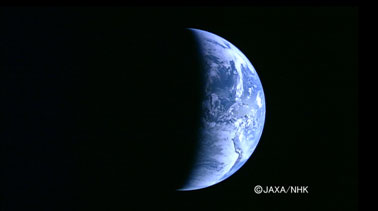I have to admit that my personal space age started in 1981 when the Space Shuttle launched successfully launched for the first time – the Shuttle was after all the first major development in space exploration I was old enough to appreciate. But for the world at large the space age started fifty years ago, at October 4th 1957 when the Soviet Union launched Sputnik 1, the very first artificial satellite into Earth orbit.
Instead of singing Sputniks praise myself I will leave that to the experts:
- Dr. Philip Plait at badastronomy.com blogs about Sputnik and the many benefits the development of satellites brought forth (a minor quibble would be that communications really depend much more on submarine cables, satellites don’t provide that much bandwidth).
- Space.com provides a nice timeline chronicling 50 years of spaceflight.
- In Newsweek Sharon Begley discusses if there has really been a “Sputnik Shock” in the USA or if the news has just been used by President Eisenhower to push through an political agenda (as they say with this kind of article, “go judge yourself”).
- NASA has an article online : Sputnik and the Origins of the Space Age.
I’m pretty sure that there is something about Sputniks on the pages of the Russian Federal Space Agency, but I haven’t been unable to find it on the english pages (apparently there is something in russian, alas I can’t read that).
Today is also the third anniversary for the launch that helped Space Ship One, the first privatly owned manned Spacecraft, win the Ansari X-Price. More Info on the Scaled Composites website.

